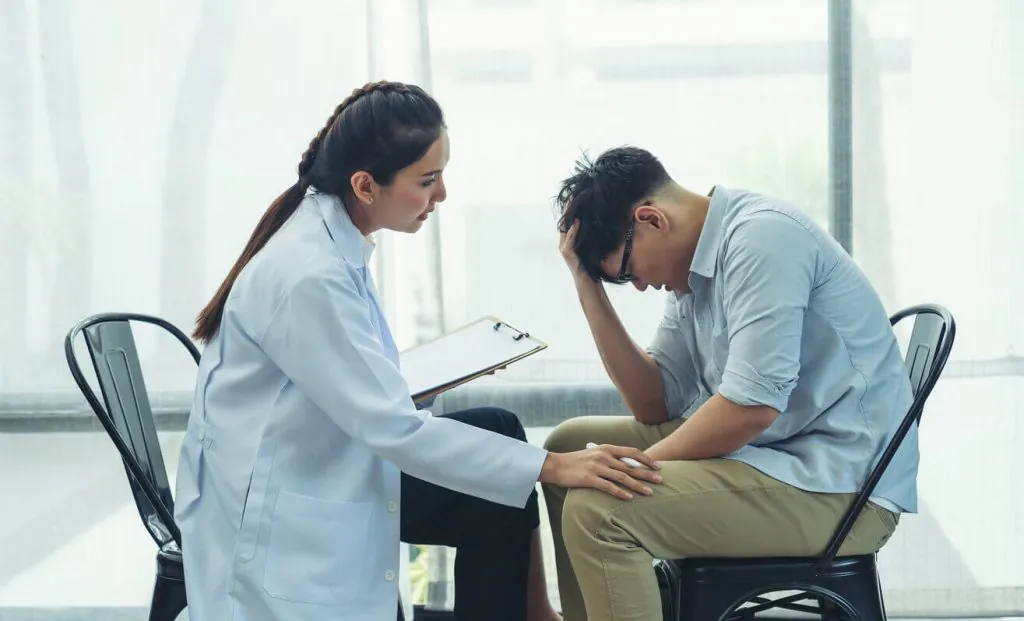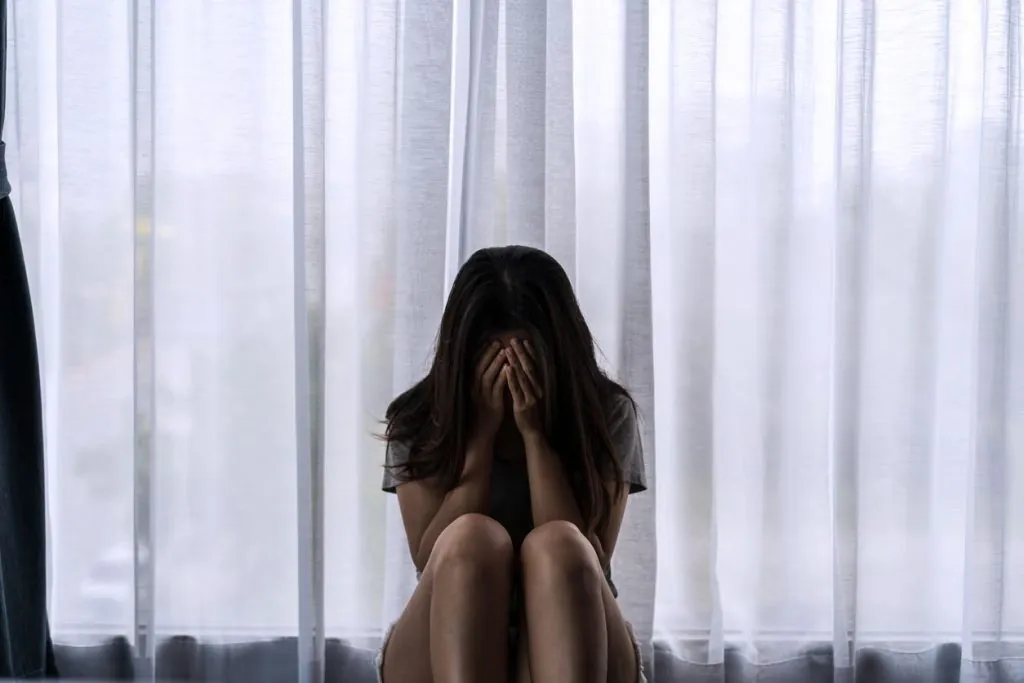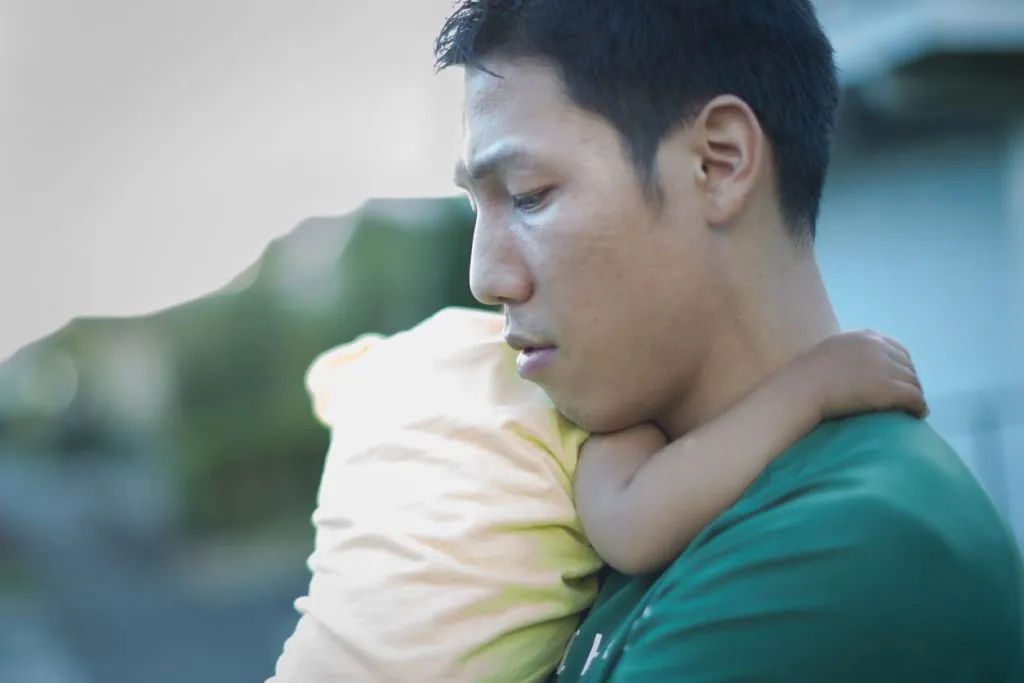Understanding Depression - What You Need to Know

Depression is a common condition that can affect anyone. About 3.8% of the global population experiences this condition, including 5% of adults (4% of men and 6% of women) and 5.7% of people over 60. Around 280 million people worldwide suffer from it.
It is 50% more common in women than in men, with over 10% of pregnant women and new mothers affected. Tragically, more than 700,000 people die by suicide each year, making it the fourth leading cause of death among 15–29-year-olds.
What Is Depression?

Depression is a common but serious mood disorder. It causes intense symptoms that impact how a person feels, thinks, and manages everyday tasks like sleeping, eating, or working.
To be diagnosed with this, these symptoms need to last for at least two weeks.
There are different types of depression, some triggered by specific situations or events.
Let’s Understand It
Depression can affect anyone, regardless of age, race, ethnicity, or gender. Women are diagnosed with it more often than men, but men can still experience it. Men may be less likely to talk about their feelings or seek help, which can lead to their mental health disorder being undiagnosed or untreated.
Research also shows that people in the LGBTQI+ community have higher rates of depression and an increased risk for the disorder.
What are Signs and Symptoms of Depression?
symptoms vary among individuals but commonly include:
- Feeling sad, irritable, or hopeless.
- Losing interest in activities you once enjoyed.
- Changes in appetite or weight.
- Sleeping too much or too little.
- Feeling tired or low on energy.
- Restlessness or slowed movements.
- Feelings of worthlessness or guilt.
- Trouble thinking, concentrating, or making decisions.
- Thoughts of death or suicide.

Types of Depression

It manifests in several forms, including:
- Major depression involves feeling very low or losing interest in things for most of the day, nearly every day, for at least two weeks. This affects daily life and activities.
- Persistent depressive disorder also called dysthymia, includes milder symptoms that last much longer—usually two years or more.
- Perinatal depression happens during or after pregnancy. If it starts while pregnant, it’s called prenatal depression, and after birth, it’s postpartum depression.
- Seasonal affective disorder (SAD) is comes and goes with the seasons, often starting in late fall or early winter and improving in spring or summer.
What are Depression Treatments?
This is one of the most treatable mental health conditions. Around 70% to 90% of people with it respond well to treatment.
- Medication: Antidepressants are medications often used to treat depression by adjusting the brain’s chemicals related to mood and stress. It may take some time to find the right one, as different medications work for different people, and you might need to try a few before finding the one that works best with minimal side effects.
- Psychotherapy: Cognitive behavioral therapy (CBT) is a widely used type of talk therapy. It works by helping people identify and change negative thinking patterns so they can respond to challenges in healthier, more positive ways. CBT can be used on its own or alongside antidepressant medications for better results.
- Lifestyle changes: There are several ways to manage symptoms. Regular exercise boosts mood by promoting positive feelings. Getting enough quality sleep, eating a healthy diet, and avoiding alcohol, which can worsen depression, are also helpful in reducing symptoms.
- Alternative therapies: Herbal remedies, acupuncture, meditation, yoga, and deep breathing exercises may help relieve depression symptoms. However, none of these therapies are guaranteed to cure depression. Always check with your healthcare provider before trying any alternative treatments.

Begin your healing journey today
At Revive Health Recovery, we are committed to providing personalized therapeutic solutions tailored to your unique needs. To receive a free consultation about our therapeutic methods, please leave your contact information.
Our team of experts will contact you within 24 hours to discuss:
- A personalized health assessment
- The most suitable treatment options for you
- Answers to all your questions
Your information is always kept confidential. Prioritize your health today!